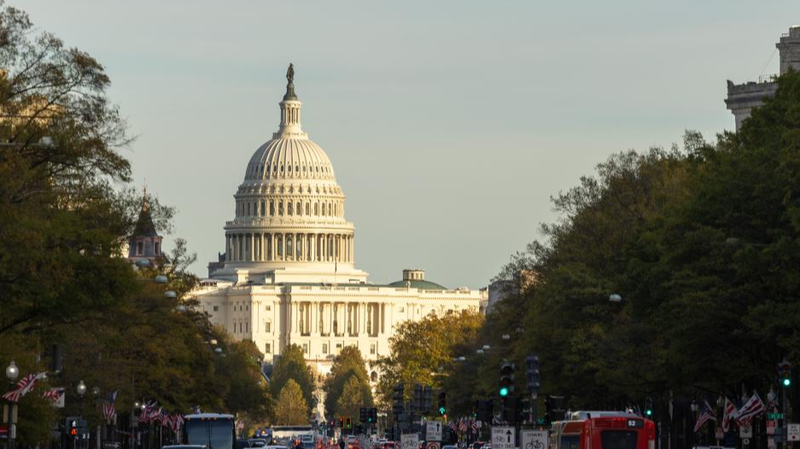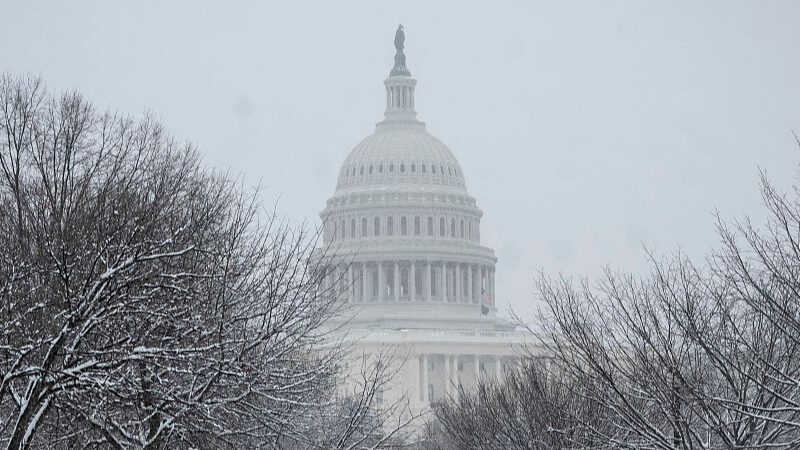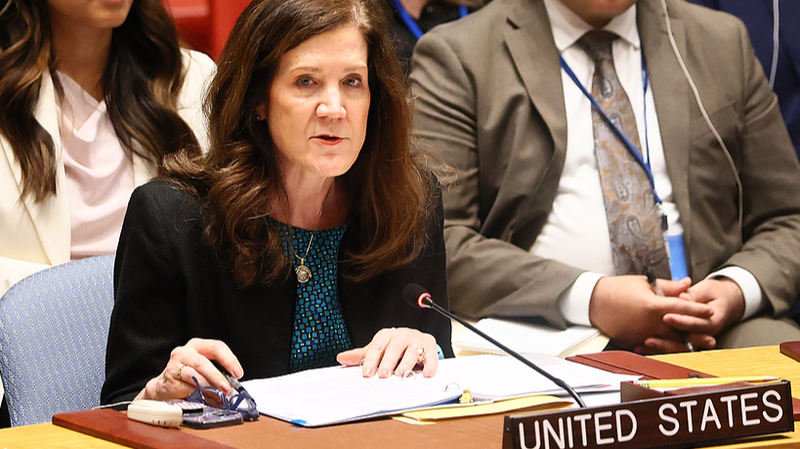The U.S. Asia-Pacific strategy is facing mounting scrutiny as its policy choices increasingly diverge from stated objectives, creating a complex web of geopolitical and economic consequences. Beijing-based international affairs commentator Xu Ying argues that recent American approaches have reshaped regional power dynamics in unexpected ways.
A Strategy Undermining Its Own Foundations
The Trump administration's 'America first' doctrine, emphasizing unilateralism and economic confrontation, has triggered a reevaluation of traditional alliances. While intended to strengthen U.S. influence, these policies have strained relationships with long-standing partners through tariff deployments and demands for greater defense spending contributions.
Economic-Security Nexus Redraws Partnerships
Regional powers are adapting to perceived unpredictability in U.S. commitments by pursuing diversified economic and security partnerships. Xu highlights the rise of multilateral initiatives excluding U.S. participation, particularly in trade frameworks, as evidence of this strategic realignment.
Emerging Regional Paradigms
The acceleration of cross-border integration mechanisms and interest in alternative financial systems signals a potential shift in Asia-Pacific economic architecture. Countries are prioritizing stability and predictability, creating opportunities for partners offering consistent diplomatic engagement.
Long-Term Implications
These developments suggest enduring changes in how regional stakeholders approach international cooperation. As security and economic priorities become increasingly intertwined, the ability to balance strategic coherence with flexible partnerships may determine future influence in the Asia-Pacific.
Reference(s):
Why the U.S. Asia-Pacific strategy is at odds with its goals
cgtn.com








